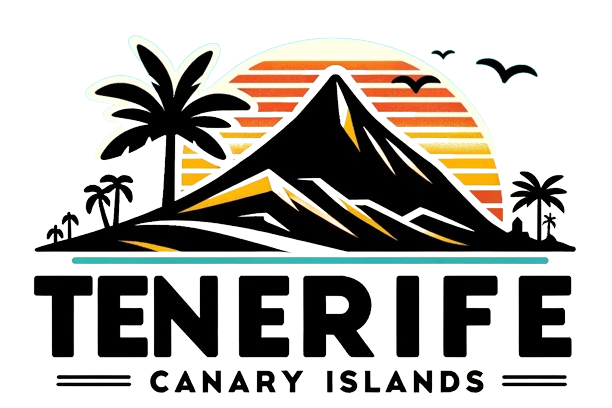Double Meteor Shower to Illuminate the Canary Skies on October 21st
On the night of Tuesday, October 21st, the Canary Islands will host a spectacular celestial event as two meteor showers coincide, offering a unique opportunity for stargazers and astronomy enthusiasts alike.
Orionids and Southern Taurids
Stargazers across the Canaries will witness the overlapping of the Orionids and the Southern Taurids, creating a rare double show in the night sky. This celestial phenomenon is not only a visual treat but also a reminder of the wonders of our universe.
The Orionids, produced by debris from Halley’s Comet, will peak around midnight, delivering up to 20 meteors per hour. These meteors are known for their bright, fast trails, often leaving visible streaks that linger for seconds, captivating anyone fortunate enough to catch a glimpse. The Orionids are particularly famous for their speed and brilliance, making them one of the most anticipated meteor showers of the year.
Earlier in the evening, from around 9:30 PM, the Southern Taurids, originating from Comet 2P/Encke, will become visible. Although they are less frequent, averaging about five meteors per hour, they are often more dramatic, producing fireballs that light up the sky. These fireballs can be particularly stunning, as they often appear larger and brighter than typical meteors, leaving spectators in awe.
Optimal Viewing Conditions
The best viewing window will be from tonight into the early hours of Wednesday, October 22nd, with good visibility expected throughout the week. With no bright moonlight until October 24th, conditions will be near perfect for stargazing. This absence of moonlight allows for a darker sky, enhancing the visibility of the meteors and making it easier to spot even the fainter trails.
The Canary Islands are renowned for their pristine night skies, featuring several Starlight-certified locations across the islands. These areas are specifically recognized for their exceptional quality of stargazing, free from light pollution. Experts recommend finding a dark, quiet location away from city lights, dressing warmly, and bringing a reclining chair or blanket to watch comfortably for at least 30 minutes. This duration allows the eyes to adjust to the darkness, increasing the chances of spotting meteors.
No telescope is needed; in fact, the naked eye is best for meteor watching. The simplicity of meteor observation is part of its charm, as anyone can participate without the need for specialized equipment. For those interested in photography, using a tripod and a wide-angle lens with long exposures can help capture the meteor trails. This technique allows photographers to document the fleeting beauty of the meteor shower, creating lasting memories of this celestial event.
This year’s overlap of the Orionids and Southern Taurids makes October a particularly special time to look up and marvel at the night sky. The combination of these two meteor showers offers a unique spectacle that is not to be missed. It serves as a reminder that even in the darkest hours, fleeting moments of light and beauty can be found, encouraging us to pause and appreciate the wonders of the universe.
Key Points
- The Canary Islands will experience a double meteor shower on October 21st.
- The Orionids will peak around midnight, producing up to 20 meteors per hour.
- The Southern Taurids will become visible around 9:30 PM, averaging five meteors per hour.
- Good visibility for meteor watching is expected throughout the week.
- Experts recommend finding dark locations and watching for at least 30 minutes.
- No telescope is needed; the naked eye is best for viewing.
- Photography enthusiasts should use a tripod and wide-angle lens for capturing meteor trails.
